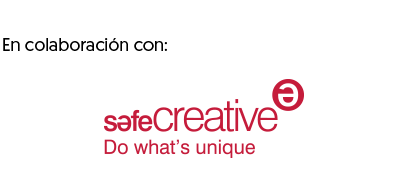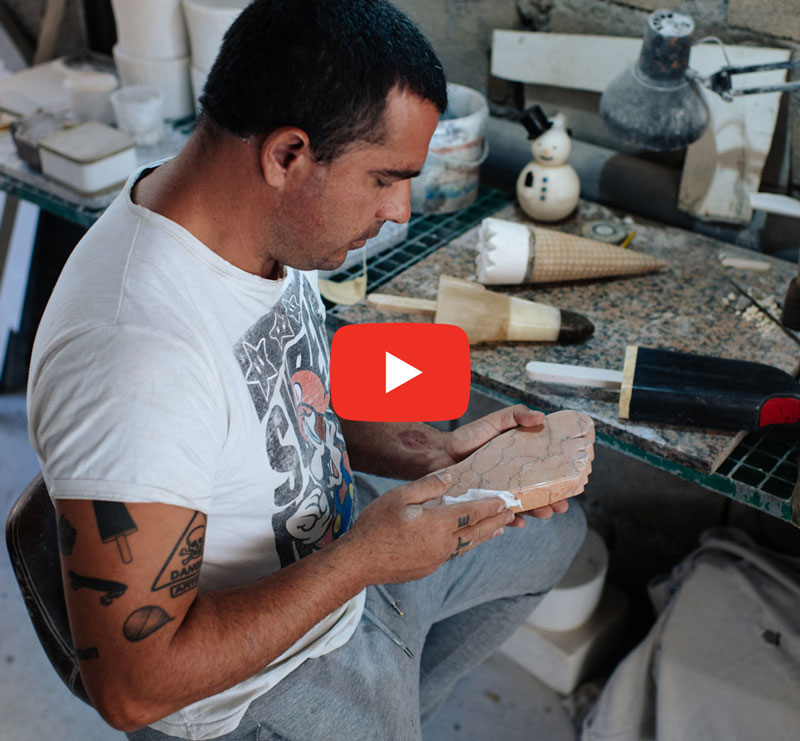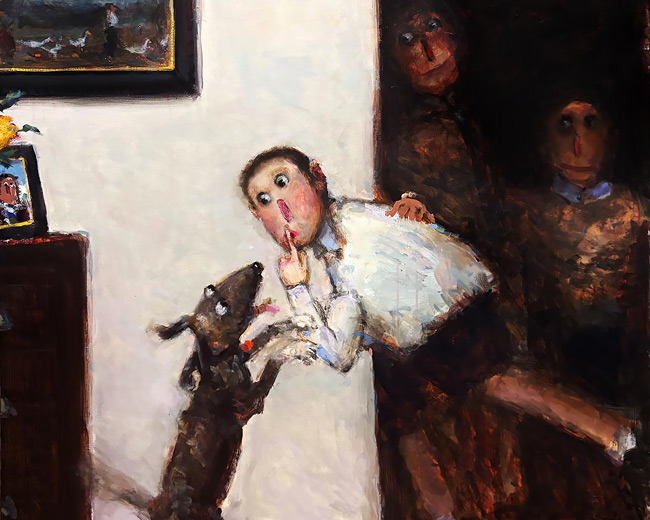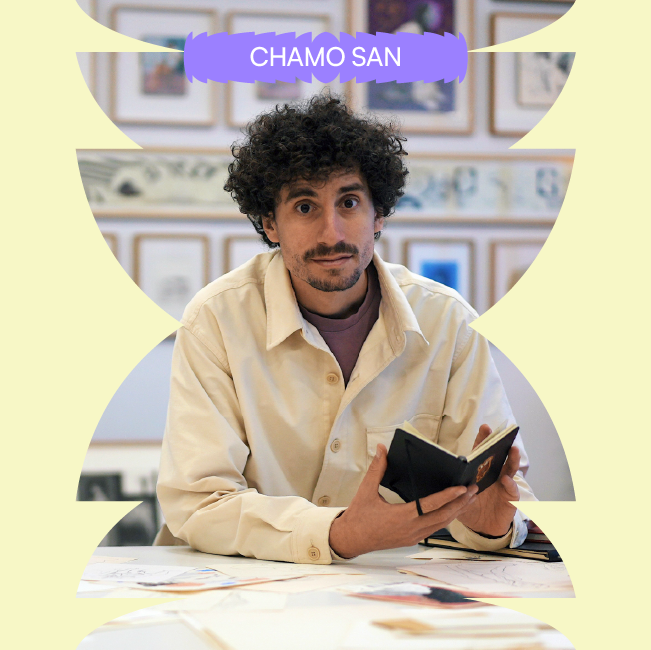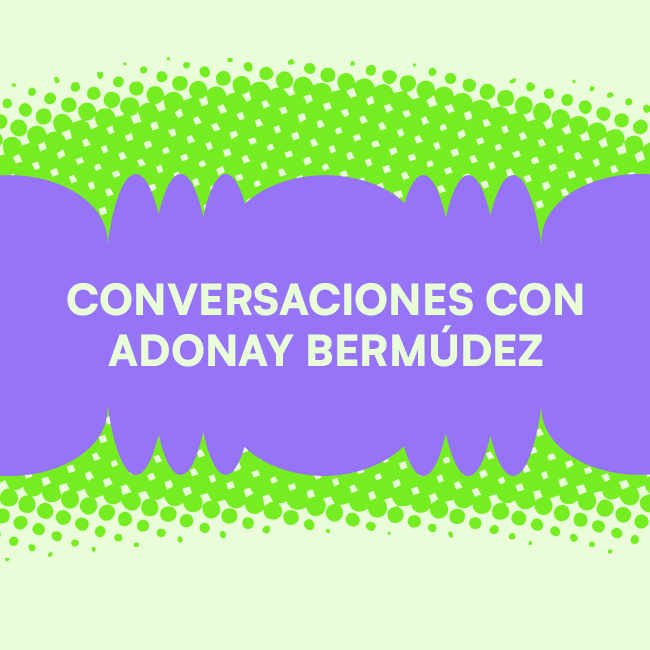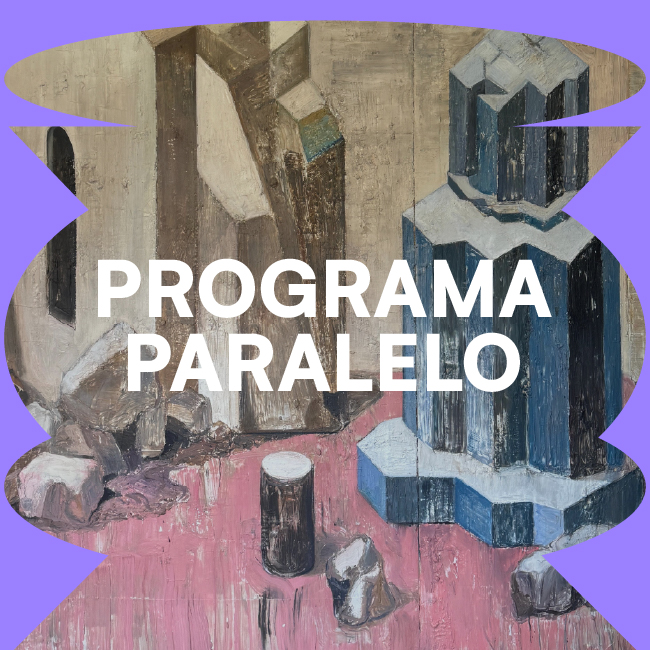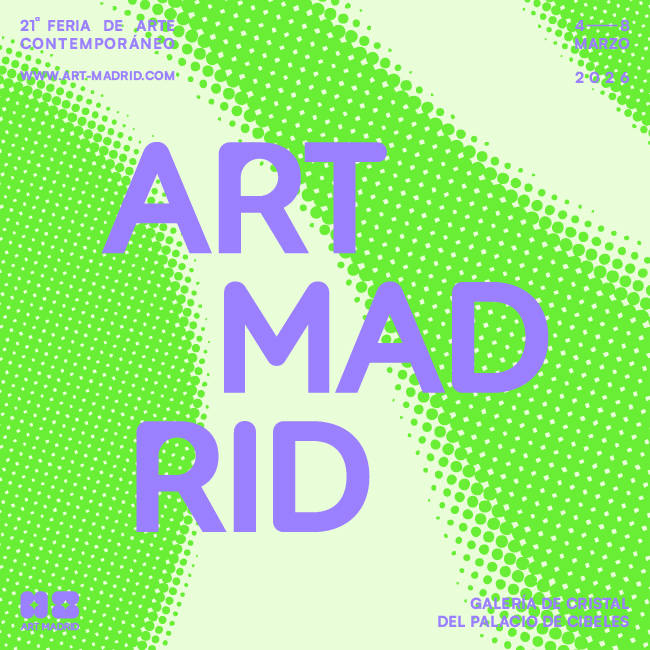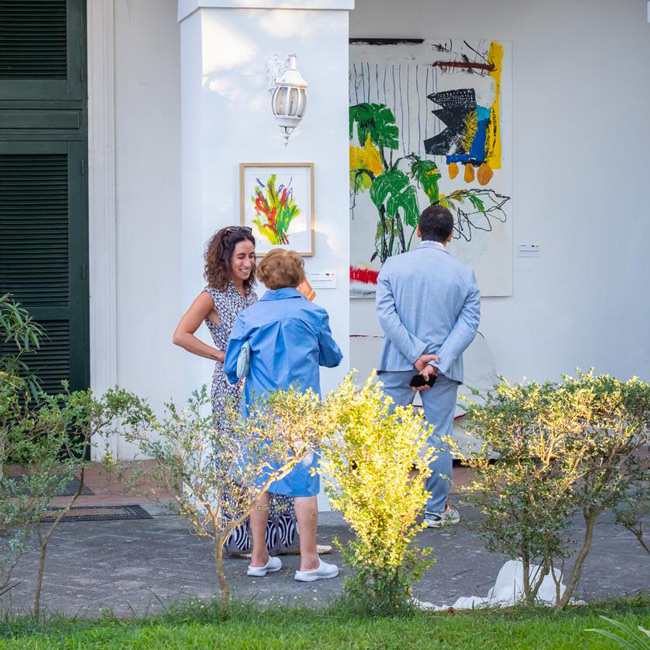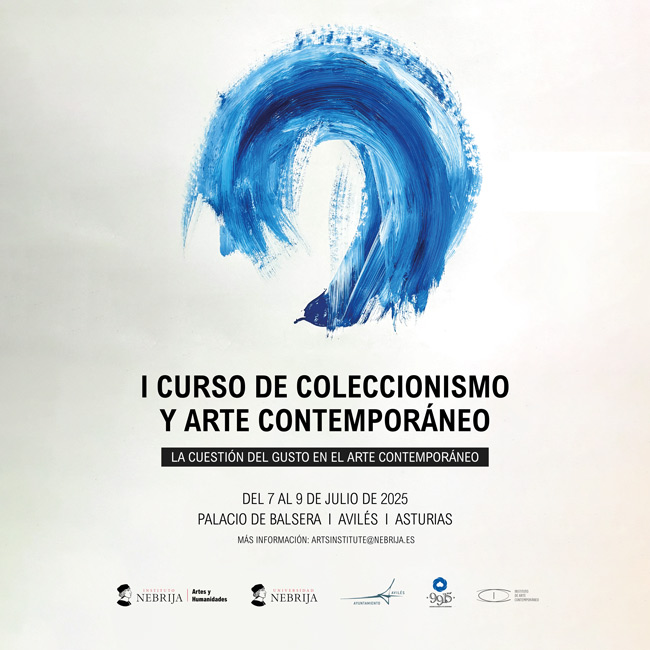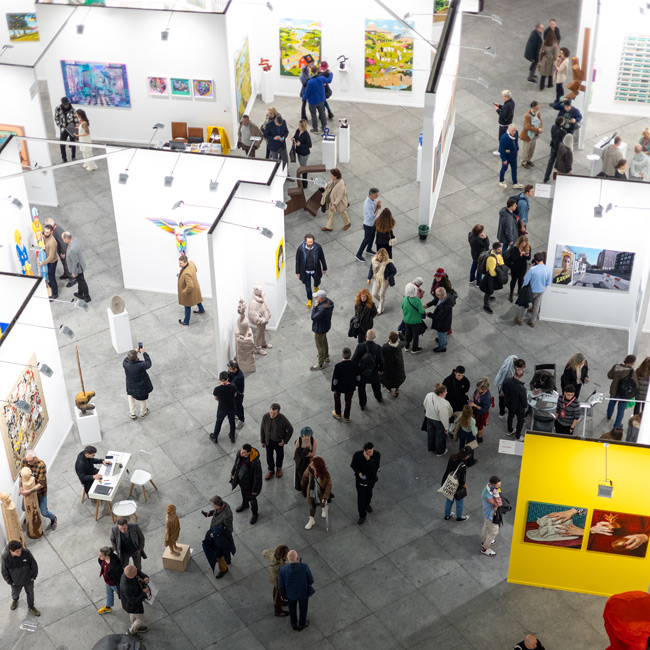JUAN MIGUEL QUIÑONES: THE MEMORIES OF THE STONE
Feb 23, 2024
art madrid
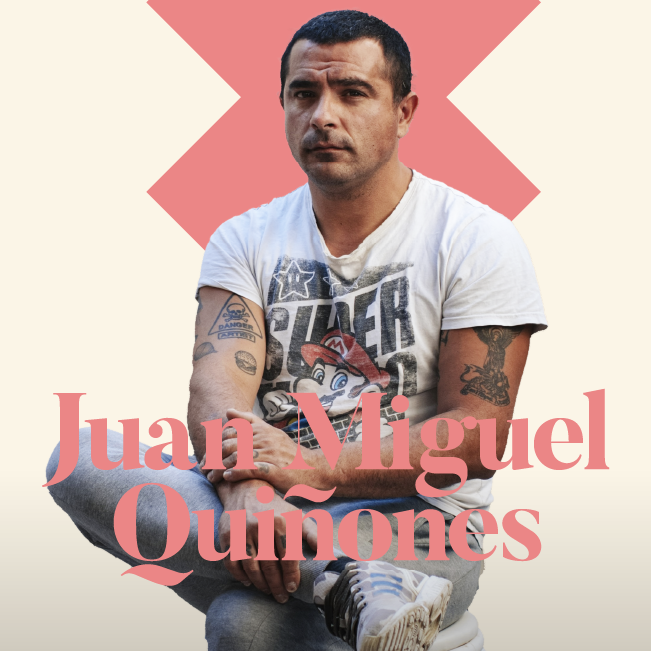
ARTE & PALABRA. CONVERSATIONS WITH CARLOS DEL AMOR
I came across the work of Juan Miguel Quiñones (Cádiz, 1979) at a fair and for a few minutes I was transported to the faraway summers of a childhood where everything was possible and the game was endless.
Then we grew up and those memories began to fade, buried under the weight of adulthood and difficult to rescue later because we are always in a hurry and with worries that prevent us from practicing the healthy exercise of looking back.
Juan Miguel Quiñones, self-taught, carves these memories in stone so that neither air nor maturity can take them away. He works and studies with vehemence the materials with which to recreate them, and with that ingenuity that can only be achieved by mastering the language and the technique, he manages to make anyone who comes across his creations breathe a sigh of nostalgia.
The work I came across was a sculpture in black Atlas marble, Triana yellow and travertine. It was Dracula, the mythical ice cream. I did not know until then that memories, always immaterial, can be as hard as marble, cold to the touch and warm in thought.
If you had to define yourself in one sentence, how would you do it?
I consider myself a man with a man's body and a child's mind. I think that's the part that drives me to do what I do and what moves me in my whole artistic world.

Charles Baudelaire coined the phrase "My homeland is childhood", in your case it is evident that at least "your artistic homeland is childhood", isn't it?
Yes, it can be said that yes, my homeland can be childhood. Almost all my pieces have a very important memory of my life. They are based on the fact that, on the one hand, I make them tangible, a tangible element, but they take me back to a moment. We can talk about Dracula ice cream, a piece that I think is a mythical piece of mine. It is a very important memory that takes me to those summer moments, to those playful moments, with my cousins, with my friends, without "school" (very important) and always of childhood, which I think is a very important memory for all of us, since we are nourished by that, or at least I am constantly nourished in my work by those important memories that made me very happy. Those toys that my father used to buy me, I make them in stone so that they last forever, as that memory lasts in me, for me that is very important. I think childhood is something that touched me a lot and that I will always carry with me because I am very happy.
When and how was the spark that made you look back and recover for art elements that have marked so many generations?
From the beginning when I started to dedicate myself to this, it was always linked to memories. For example, my first works were abstract and were already linked to my own memories of the sea, the air, the wind, those beaches, Caños de Meca, El Palmar, where I grew up. So they were always linked, unconsciously, and eventually I realized that all my work was going to be linked to the theme of my memories. This whole story evolved and I started with memories that marked me a lot and I made them my own. But at the same time, when I exhibited I realized that I made them selfishly mine, and that no, none of them were mine, but that in the end they were common to all of us. And there began a progressive thing, I can't tell you exactly at what moment because it was something very progressive, but that's more or less how this story went.
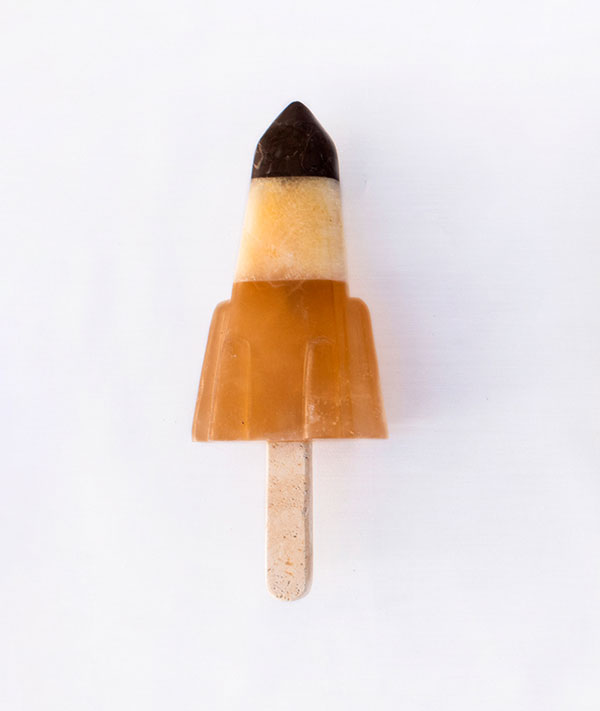
I know about your arduous research on materials, the constant search for "stones" that match what you want to show. How is that search process?
Well, the search process is sometimes complicated. Because with natural stones, in their natural color, I make works that represent elements that are often made of plastic or some material whose color is not like stone. Stone is stone and we cannot vary it. Only in some pieces like the ice cream, I make the resin filling, but the other works are all natural stone. The search is very important because this is not like you can call and they bring you the material you want, that's not the way the story goes, and even less in blocks. Within the search I have stones that I buy and other stones that are not commercial, that I look for. I inform myself well about ancient Roman quarries that no longer exist today, where maybe now there is a pine forest, but where I can recover some wonderful stones in that place. In this search for semi-precious stone, which is complicated when I use lapis lazuli, jade or malachite, it is difficult to find large stones, but little by little I am learning and meeting people to be able to find more, but it is quite complicated, since I always try to use semi-precious stone for my material. If you see my work you will see that, for example, the little green camera at the fair - a very important souvenir of mine - is made of jade, which is a marvel because it is quite a big piece, very difficult for me to find, and although little by little I am getting to know who supplies it to me, it is quite a hard subject. There is a material that I like a lot and that is one of the first stones that I started to work with, a wonderful serpentine green, which I take from this same terrain because it only exists in this area. It is a stone that I use a lot, especially when I make collections of my pieces, there is always one that goes with this type of stone from here in the mountains of Estepona.
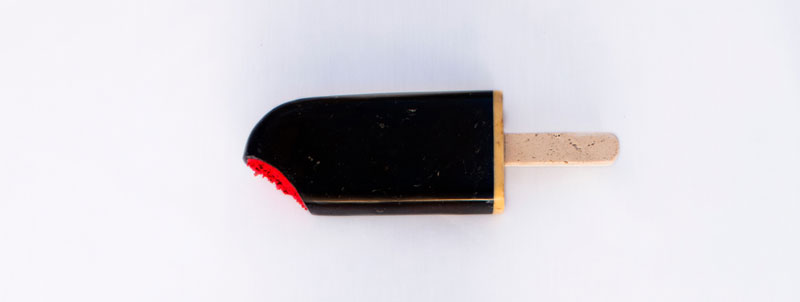
Is there any impossible material?
Thank you for asking me that question. I think that in the end this is a language that you learn depending on each material. When I talk to other people who work with stone, marble, granite -I call everything stone- they always tell me: "This stone is very soft, very easy to work...". The stone that is soft has the ease of being soft but also the risk of splitting before; and the stone that is hard has the fact that it is hard but is grateful in the work because it does not split. In the end this is a language, a language that when you get to control you can attack any material. I have been able to carve from quartz, which is very complicated, to pieces that I make of bronze; they are not cast but I carve them directly, working them as if they were "marble", more or less similar to the work of marble. So, yes, there will be impossible materials, but I haven't found them yet.

In your art the material, the marble, is as important as the memories and the experience of each person with the object represented. Are you aware that each of your works takes on hundreds of lives of its own because each one travels to a moment in his or her life?
As I said before, I realized when I exhibited the first works that I made them selfishly mine, as my own memory, but when I exhibited the work I always liked to listen to the people who came to observe and talked about the experience of each one. Then I realized that it was common to all of us, and that for me is very important because it is something of our whole experience, of our life. That each one is reflected and each one is taken to a moment or a part of his life. Like the smell of when you arrived at your grandmother's house, that her food was unique, and that smell takes you back there when you smell it somewhere else; I love that. To be able to take someone back to a moment in their life with something tangible, that's great. I find it incredible to be able to do that with something tangible, with a stone.
Then, the other foundation that is very important to me is that I make the work in stone, which is a material that lasts over time. Saving distances, like the sculptures that the Egyptians have been able to make, the stone material has left something that will last forever. The memory lasts in our memory, and the stone lasts forever, so it combines one thing that is very good: durability, and that is something incredible that I love.

Art is a very serious game. I think that phrase would also suit you.
For me art is a game, because all this that I'm doing, the progress, has been like a game. What happens? That we see the artist from the romanticism of art, but then there is the commercial part, that you have to sell and you have to work. It is the part I like the least, even though we have to do it, but in the end, for me art is a fun game. That's the word I would put to it, because if I don't have fun, why do I do it? And that's very important for me, because I have to work a lot, I spend many hours in the workshop chopping stones, which is a very physical effort, but what motivates me is that I have fun, that I love it and I do something that fascinates me. So, art is a fun game.
Where do you think your art is going?
I think I let myself go. I'm still in my studio every day, working, inventing new projects, getting into my world and letting myself go. Let it go wherever it wants. The point is that every day I can enjoy what I do, work on what I like and enjoy my family. That's what matters to me, wherever I want to go, let it go, but let it go with me.
